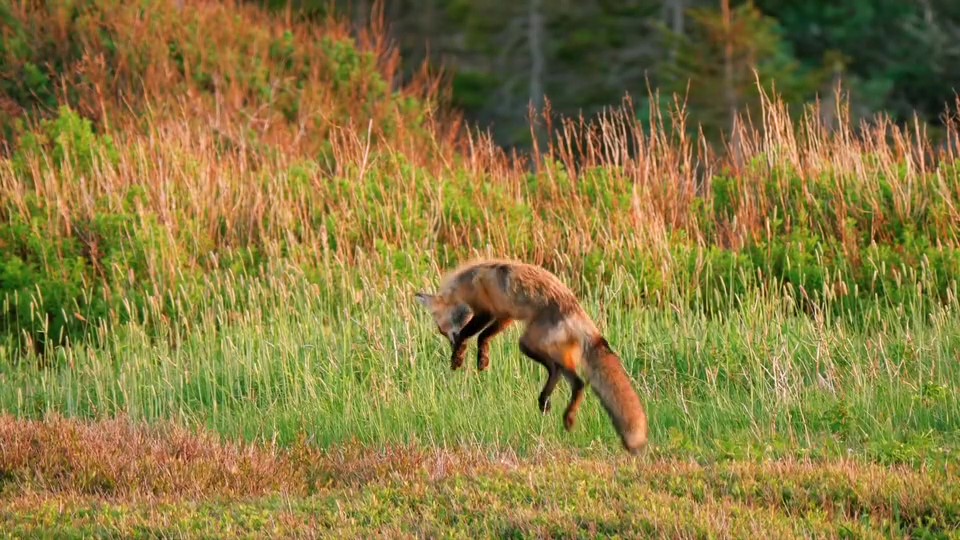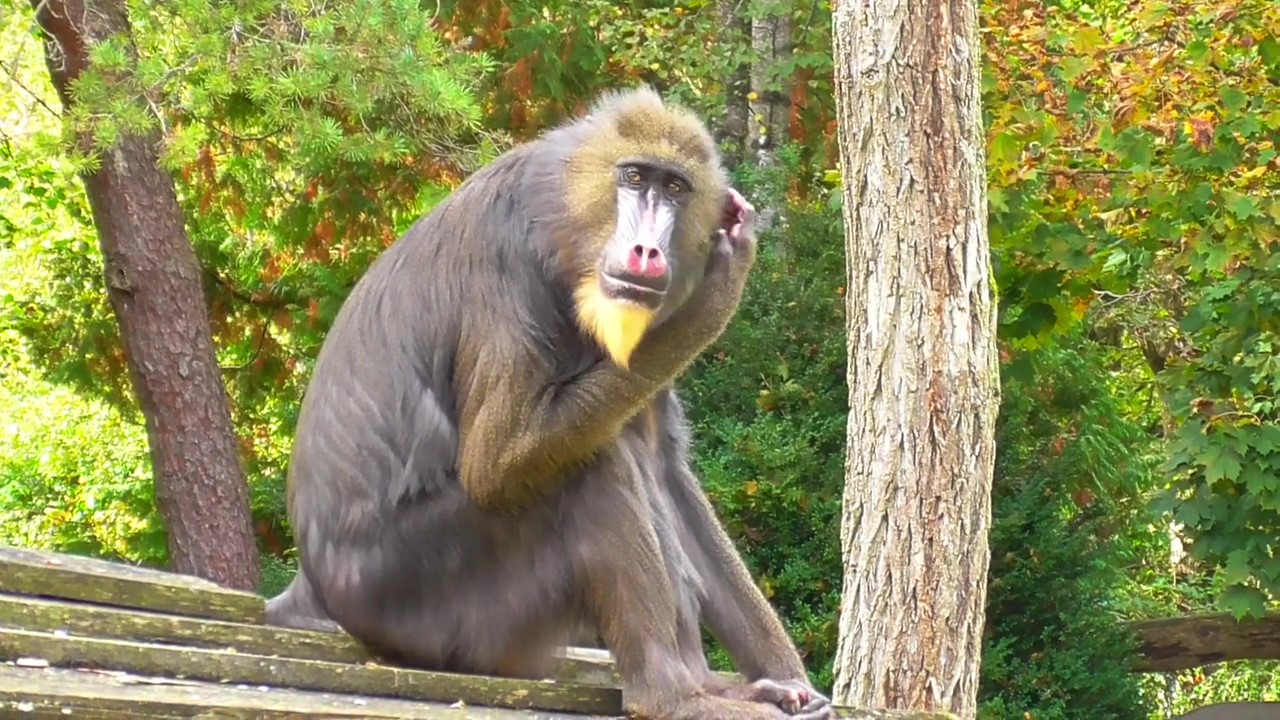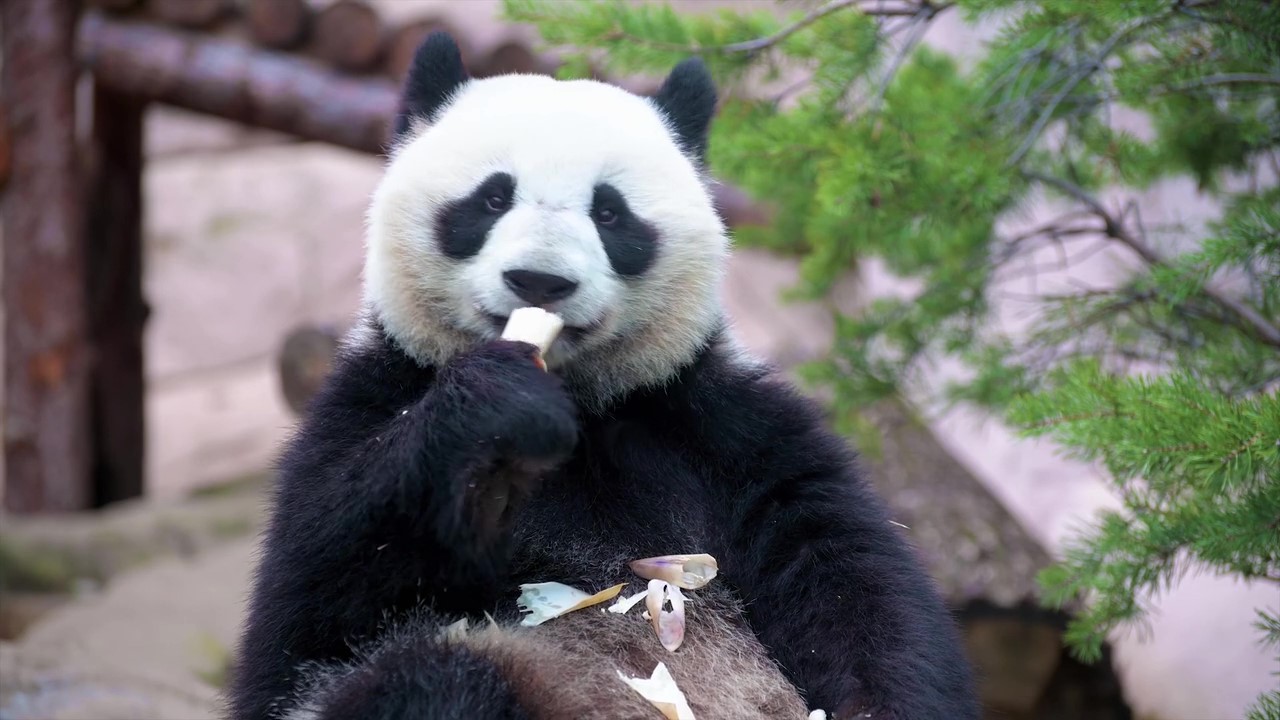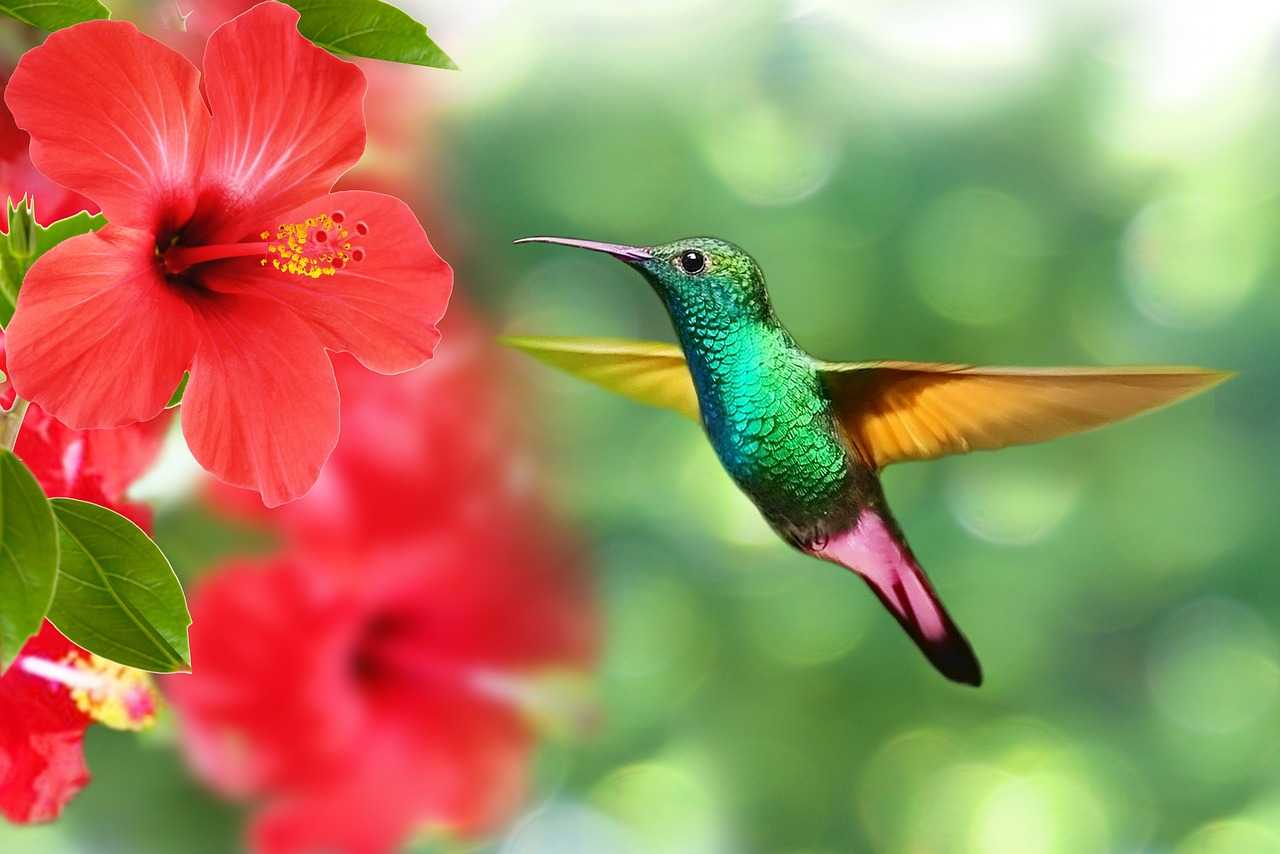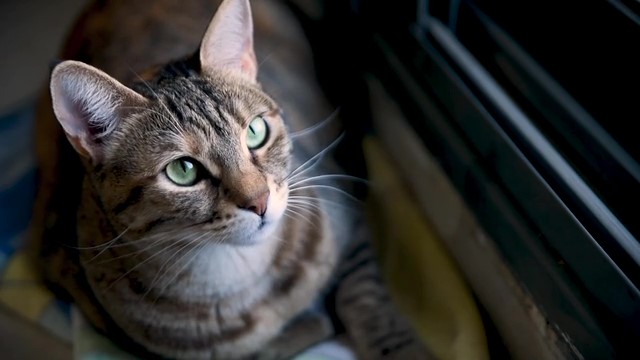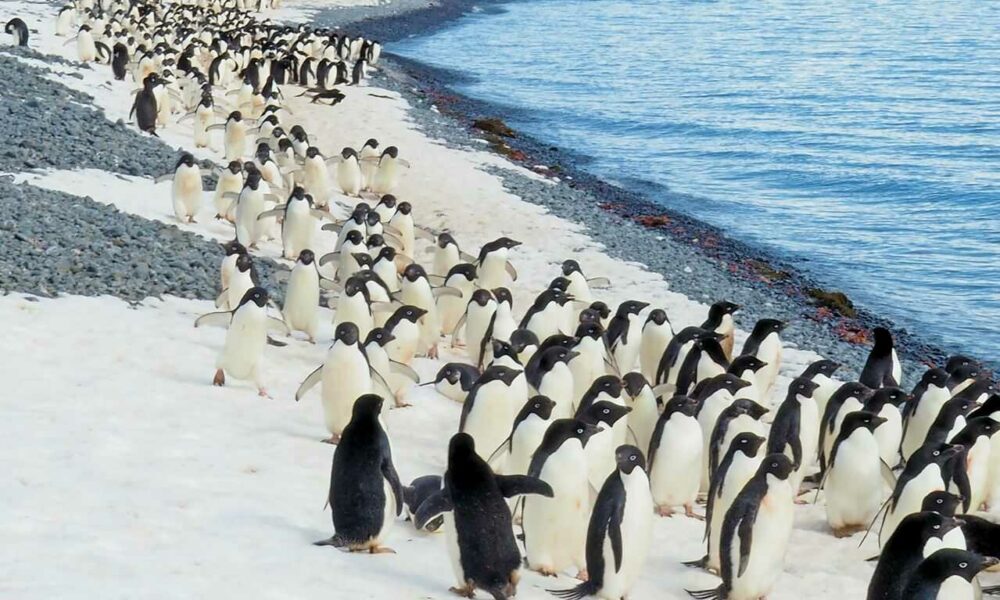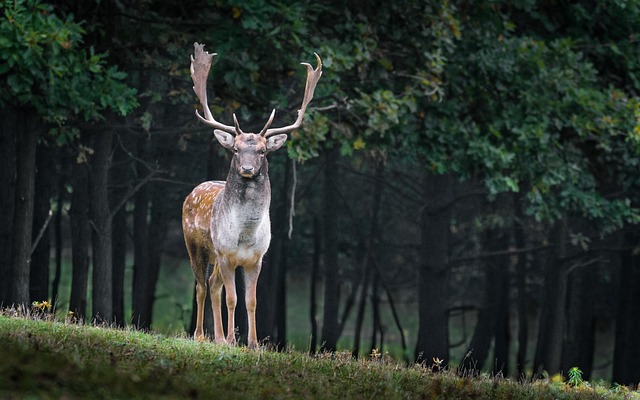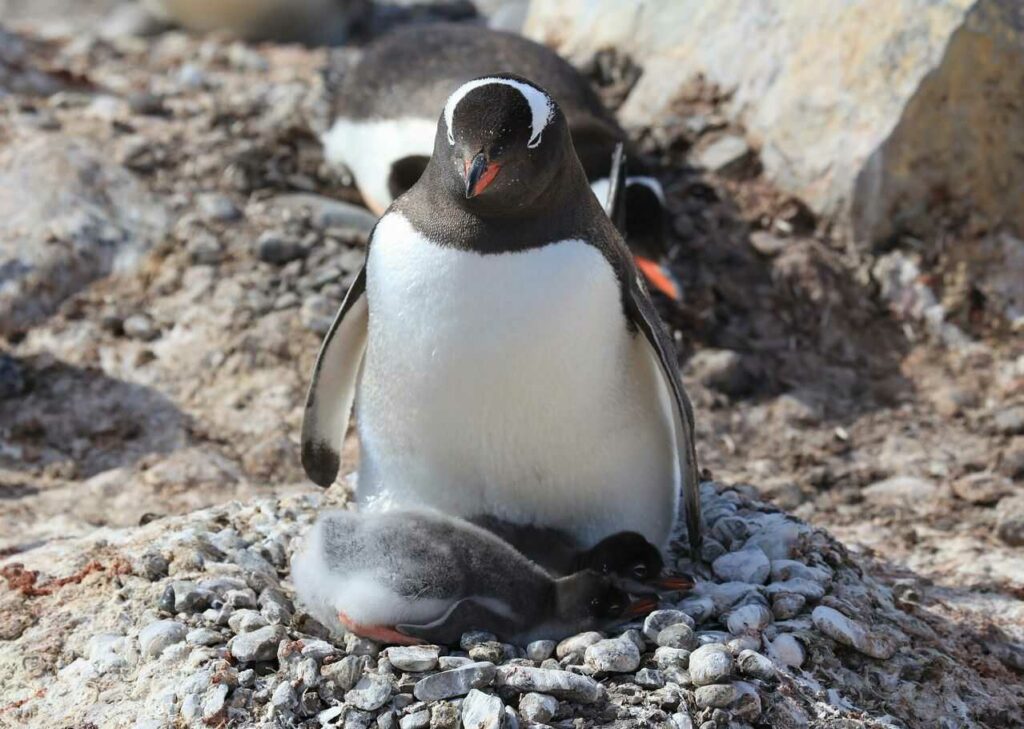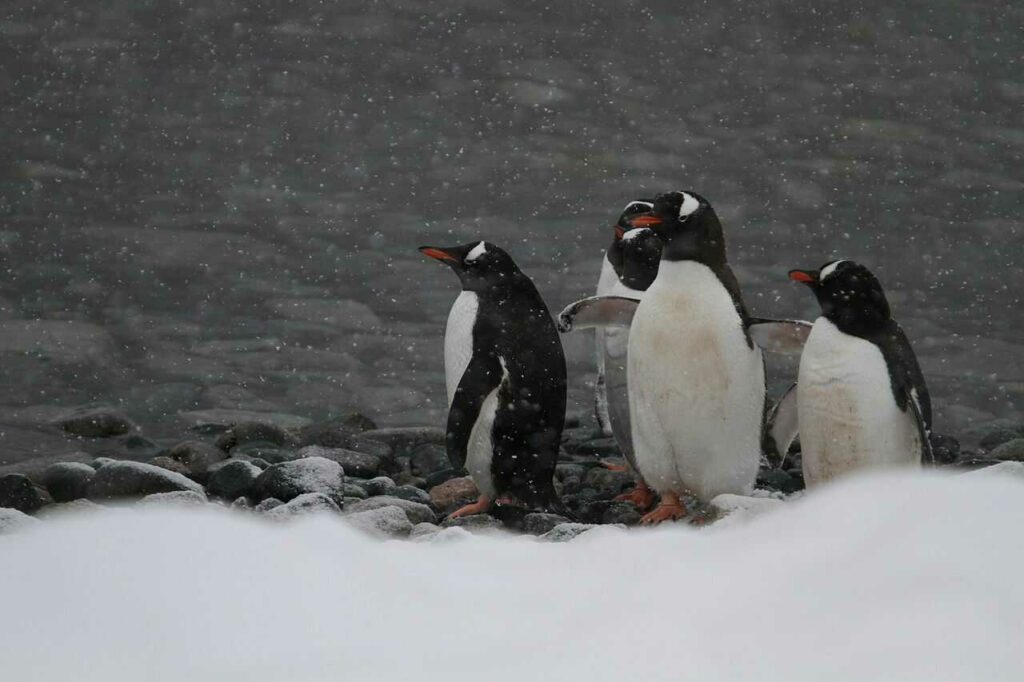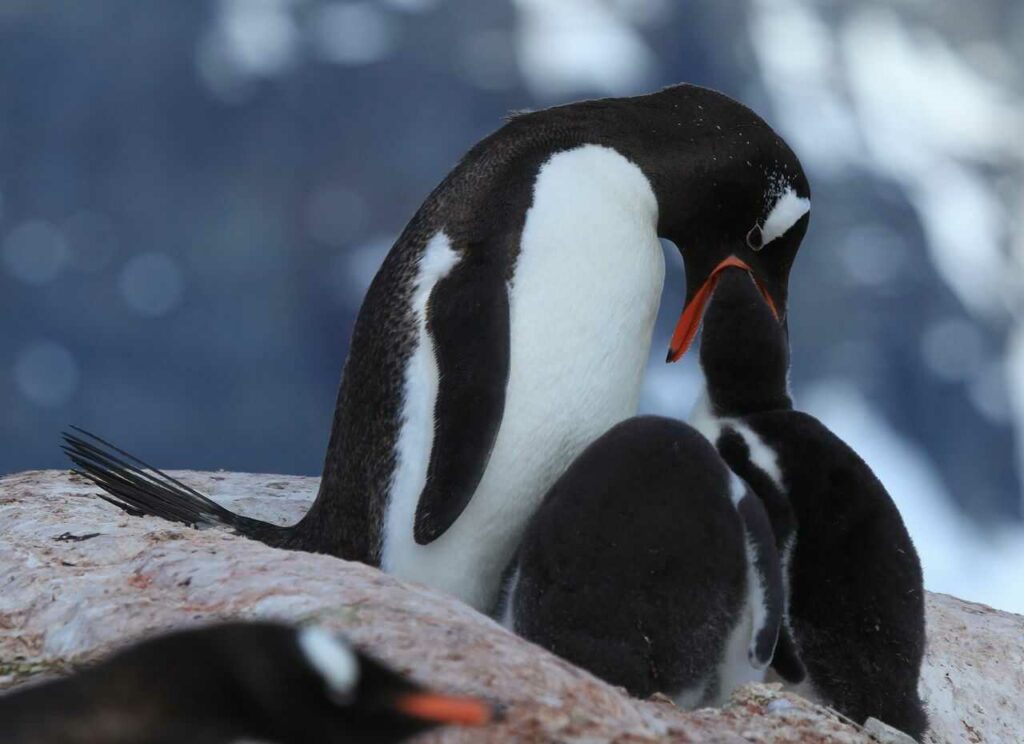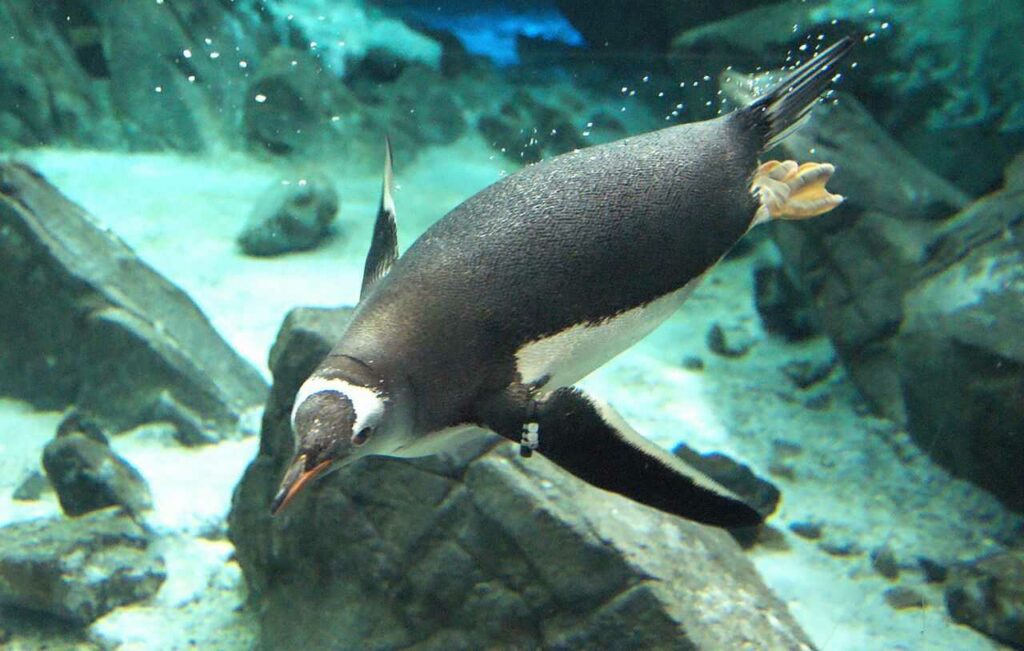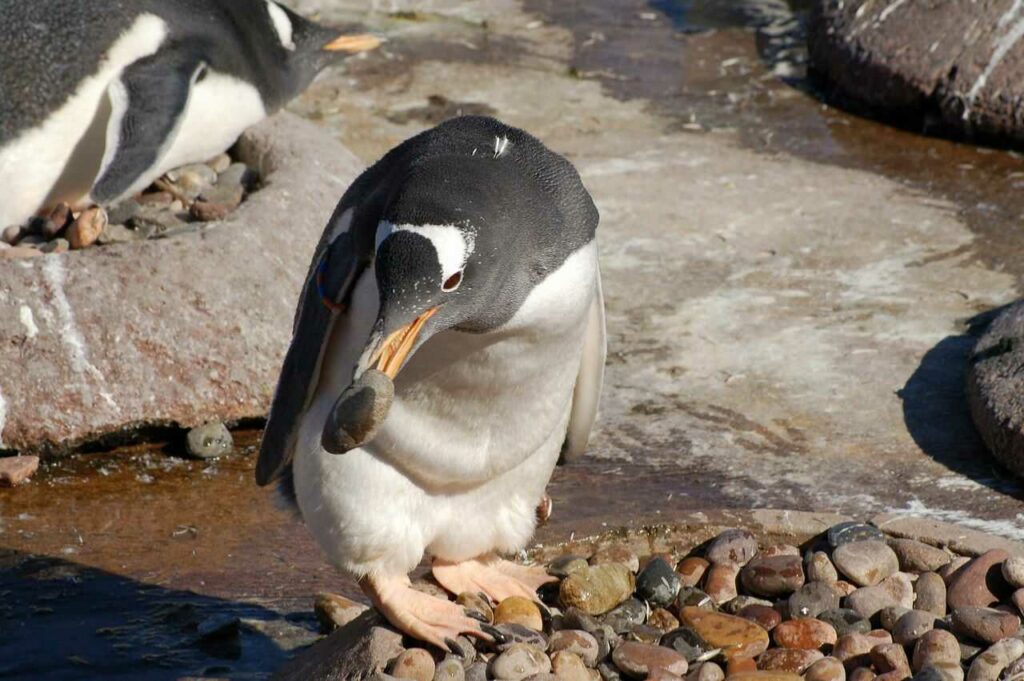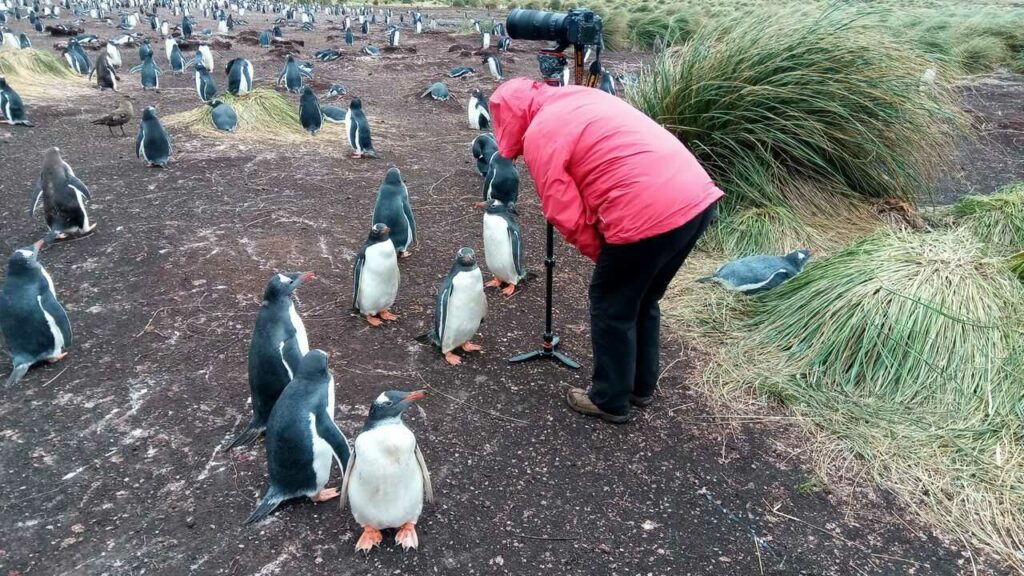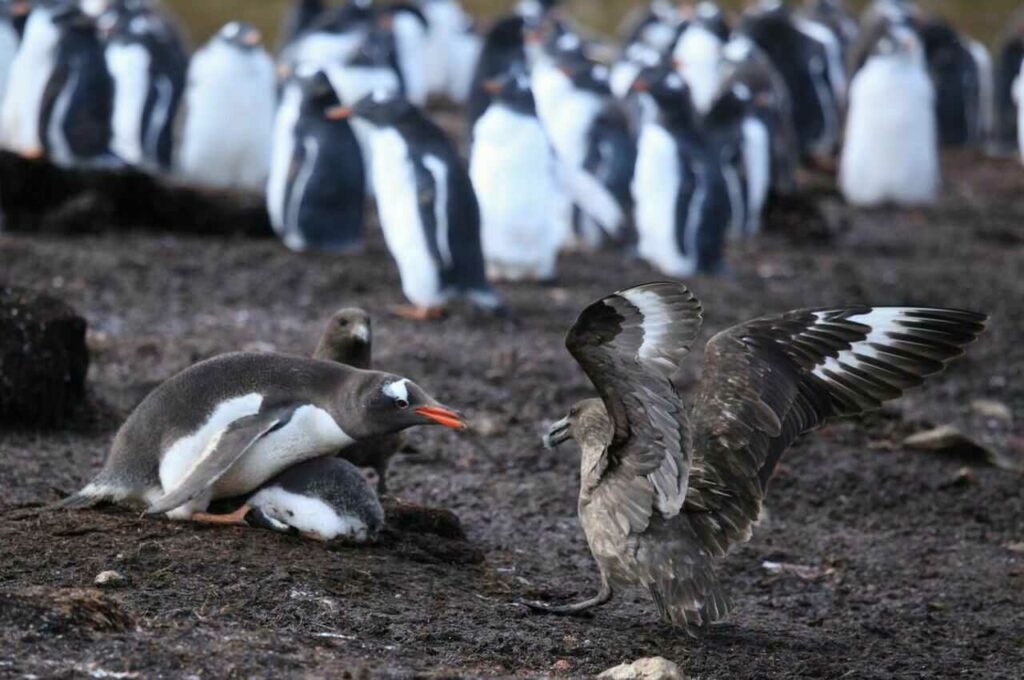
Gentoo Penguin
Gentoo Penguin
Gentoo Penguin
Speaking of the penguin that is the third largest in terms of body length after the Emperor Penguin and the King Penguin, it’s the Gentoo Penguin. The Gentoo Penguin has the highest number of domestic breeding among its relatives, the Adelie Penguin and the Chinstrap Penguin. Some of you may have seen it at this penguin aquarium! Not only is it the third largest in body length, but it also has a secret that it is the fastest in the penguin world! Let’s take a peek into the mysterious world of the Gentoo Penguin!
Gentoo Penguin Basic Infomation

Aves-Sphenisciformes-Spheniscidae-Adelie penguin genus.
50-90cm.
Male: 7.9kg Female: 7.5kg(Early Feathering)
Male: 6.5kg Female: 5.6kg(Late Changeover) ※For adult birds living on South Georgia Island.
Male: 25.6cm Female: 24.8cm ※For adult birds living in the Crozet Islands.
Male: 6.2cm Female: 5.7cm ※For adult birds living in the Crozet Islands.
770,000 birds.
Gentoo Penguins have two subspecies: the Northern Gentoo Penguin and the Southern Gentoo Penguin. However, in this page, we will generally refer to them as Gentoo Penguins.
Gentoo Penguins have a white band pattern from above their eyes to their heads, which connects on both sides. They have white bellies, black feathers on their backs, and their feet are light pink or yellow. Their beaks are orange with a reddish hue, making them easily recognizable even from a distance. Both males and females look exactly the same, making it difficult to tell them apart, but males are generally larger.
Gentoo Penguins breed between September and October. They come ashore in the subantarctic and Antarctic Peninsula to form colonies called rookeries. They build their nests on sandy beaches, small hills, high cliffs, and sometimes around Antarctic Peninsula bases. The nest materials mainly consist of small stones, but they also mix in bones and plants. Afterward, they engage in breeding activities with their chosen partners.
The bond between mates is strong, and once they become a couple, the probability of engaging in breeding activities with the same partner in the following years is very high. Females lay two eggs between October and November, but in northern breeding grounds, they can lay eggs between June and July. First, the male incubates the eggs, and the next day, the female takes over.
Unlike other penguins that alternate every few days or only have males incubate, Gentoo Penguins create rookeries near feeding grounds and almost daily take turns incubating, so they do not experience a fasting period. Therefore, their weight does not decrease after laying eggs, which might seem a little enviable to other penguins. The total incubation period is 34 to 36 days, and after this period, chicks are born safely.
For about 25 to 35 days after hatching, the parents nurture the chicks by keeping them warm under their bellies and taking turns feeding them. When they grow to a certain size, the chicks are entrusted to a group called a crèche. During this period, the parents go to the sea to search for food and continue to feed the chicks every day.
However, even if two eggs successfully hatch, it is said that only one chick ultimately survives. The main reasons are being eaten by other carnivorous birds or starving to death after being separated from their parents. Afterward, they grow to be about the same size as their parents in about 80 to 100 days and reach the time to leave the nest. The chicks' bodies, which were covered in fluffy down feathers, gradually molt their feathers and eventually transform into the same appearance as adults. It is also a characteristic of Gentoo Penguins that the period until they leave the nest is longer compared to Adelie Penguins and Chinstrap Penguins.
Gentoo Penguin Q&A

Where does the Gentoo penguin get its name?
In Portuguese, ‘Gentoo’ means ‘pagan’, and it was named so because the white band pattern on its head resembles a turban. Also, the scientific name for the Gentoo Penguin is ‘Pygoscelis papua’. At first glance, it may seem to be derived from the country Papua New Guinea, but in reality, it has no relation to the Gentoo Penguin. According to one theory, it is believed that this scientific name was mistakenly attached during taxidermy, resulting in such a name.

Why do Gentoo penguins live there?
Gentoo penguins breed and raise their young on various islands, including the sub-Antarctic and Antarctic Peninsula.
When divided by subspecies, the Northern Gentoo Penguin mainly inhabits the Falkland Islands, South Georgia Island, Kerguelen Island, Heard Island, Macquarie Island, and Staten Island. The Southern Gentoo Penguin lives in the South Shetland Islands, South Orkney Islands, South Sandwich Islands, and other places.
In addition, Gentoo penguins have been sighted in South America, Australia, and New Zealand. Although it is possible that they were washed ashore and not native to these areas. According to one theory, a large number of Antarctic krill live under the ice of the Antarctic Peninsula and islands. Therefore, it is believed that Gentoo penguins live near there because it is easy to eat food.

What do Gentoo penguins eat?
Gentoo penguins dive into the sea to eat small fish and Antarctic krill. In the case of chicks, they receive food that their parents have digested by mouth.

Is it true that Gentoo penguins can swim very fast?
Penguins’ swimming speed depends on the situation, but it is said to be 5-10 km/h when catching fish and 15-20 km/h when being chased by enemies. However, the Gentoo penguin can swim even faster than these numbers. The swimming speed of the Gentoo penguin is an astonishing 36 km/h! Therefore, it is the fastest swimming species among penguins.
By the way, when an Olympic athlete swims 50 meters in the crawl stroke, their speed is said to be approximately 8-9 km/h. In other words, the Gentoo penguin can swim at about 4 times the speed of an Olympic athlete.
In addition, Gentoo penguins use two different diving methods when diving into the sea. The average diving depth is 4 meters with an average diving time of 0.23 minutes for shallow dives, while for deep dives, the average diving depth is 80 meters with an average diving time of 2.5 minutes.

Is it true that Gentoo penguins propose with pebble presents?
To sum up, the details around this area are not well understood. It is true that Gentoo penguins use small stones to build their nests, and Adelie penguins and Chinstrap penguins of the same genus also use small stones to build their nests. On the Adelie penguin page, it was also introduced that “small stones are very important to penguins!”
This is because if males do not collect good small stones and make a nice nest, females will not come. However, it is unknown whether they use small stones for proposing, that is, for courtship behavior, as there is little biological evidence.

I want to know more about the personality of Gentoo Penguin!
Gentoo penguins are known for their gentle and calm temperament, so much so that they are called “Onjun penguin” in Japanese. In the case of Adelie penguins and Chinstrap penguins, which belong to the same genus, they try to confront animals that try to invade their territory head-on. However, Gentoo penguins quickly flee.
Also, Gentoo penguins, perhaps because of their laid-back nature, approach humans on their own and sometimes come close to their feet. Of course, there are individual differences, but it seems that they have the gentlest temperament among the species in the Adelie penguin genus.

Is there a place where I can see Gentoo penguins?
As of November 2021, there are many places in Japan where Gentoo penguins are kept. Here are some examples by region:
Asahiyama Zoo (Asahikawa, Hokkaido), Otaru Aquarium (Otaru, Hokkaido), Noboribetsu Marine Park NIXE (Noboribetsu, Hokkaido).
GAO Aquarium (Oga, Akita), Sendai Umino-Mori Aquarium (Sendai, Miyagi).
Nasu Animal Kingdom (Nasu, Tochigi), Kamogawa Sea World (Kamogawa, Chiba), Maxell Aqua Park Shinagawa (Minato, Tokyo), Hakkeijima Sea Paradise (Yokohama, Kanagawa).
Echizen Matsushima Aquarium (Sakai, Fukui), Port of Nagoya Public Aquarium (Nagoya, Aichi), Minami-Chita Beach Land (Mihama, Aichi), Toyohashi Zoo & Botanical Park Non Hoi Park (Toyohashi, Aichi).
Osaka Aquarium Kaiyukan (Osaka), Adventure World (Shirahama, Wakayama).
Shimane Aquarium Aquas (Hamada, Shimane), Fukuyama City Zoo (Fukuyama, Hiroshima).
Noichi Zoological Park (Kochi).
Nagasaki Penguin Aquarium (Nagasaki).
For those who want to see Gentoo penguins in the wild, participating in an Antarctic cruise is another option. Although the travel cost can be high, you can apply through a travel agency.

Do Gentoo penguins have natural enemies?
The enemies of Gentoo penguins are leopard seals, southern elephant seals, and other marine mammals lurking in the sea. Also, a bird called the South Polar Skua preys on their eggs and chicks. However, humans may be the biggest threat to Gentoo penguins.
Currently, the International Union for Conservation of Nature (IUCN) has designated Gentoo penguins as “least concern” for extinction. But if left unchecked, what kind of impact could they face in the future? One possibility is a decrease in food supply due to global warming.
The Antarctic krill that Gentoo penguins feed on live in the sea while eating algae that grow under sea ice. However, as the average temperature on the Antarctic Peninsula rises due to global warming, sea ice melts and the algae that krill feed on also decrease. As a result, krill cannot eat enough algae and their population decreases. This leads to a decrease in krill population which in turn affects penguins that feed on them.
Another possibility is an expansion of krill fishing. With the increase in world population, krill has been attracting attention as a new food source to avoid a possible food crisis in the future. Furthermore, since krill can also be used as feed for farmed fish, countries have started expanding their krill fishing range. However, if this happens, there is a risk that penguins will lose their food source.
In this way, recent climate change has caused phenomena that were not seen in the past. Why not take this opportunity to think together about how to build a better relationship between humans and penguins?

What is the lifespan of a Gentoo penguin?
The lifespan of Gentoo penguins, which live in a harsh natural environment, is up to approximately 21 years at most.

Would you like to become a part of the 'Animalbook.jp'?
Turn your knowledge into Q&A and share it with the world. ※Publication will be activated after purchase. Let's share information together!
Gentoo Penguin Type of List

- Gentoo Penguin
Information
Congratulations! You are the first commenter!

Would you like to leave a comment?
※Please note: This is for the purchase of rights to post comments within the article.
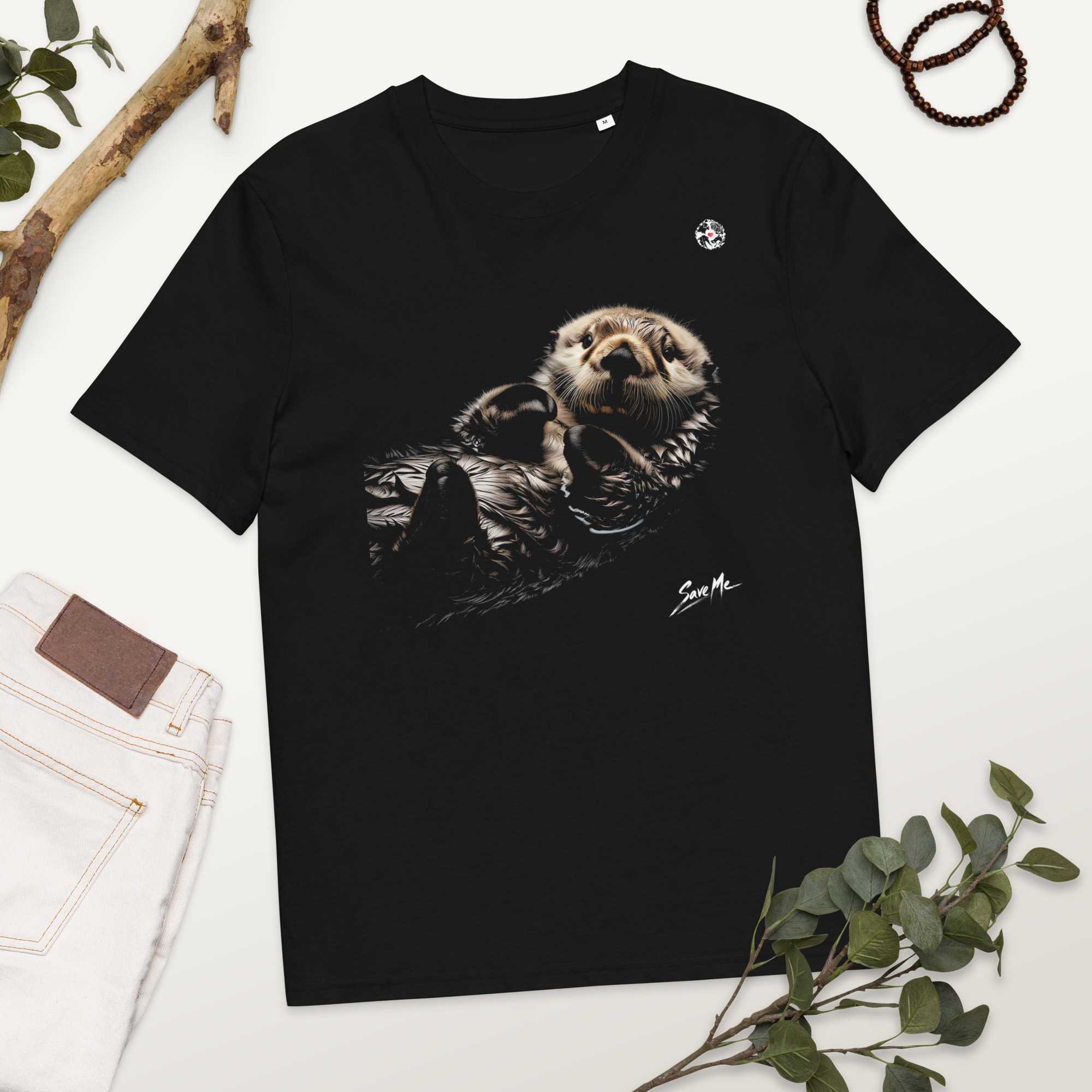
Find Your Favorites!
Our shop offers a unique and attractive selection of goods themed around various animals.
Gentoo Penguin References

- ペンギンガイドブック 著者:藤原幸一
- ペンギンライブラリー ホシザキ株式会社 https://www.hoshizaki.co.jp/penguin_island/penguin/
- Akiko KATO’s page http://docyaounde.free.fr/akatoHP/
- 南極動物図鑑 http://polaris.nipr.ac.jp/~penguin/oogataHP/zukan/zukan.htm
- Pew Charitable Trust 世界のペンギンの保護 https://www.pewtrusts.org/-/media/assets/2015/05/penguinoverviewfinaljp.pdf
- BirdLife International Tokyo もっとも絶滅リスクの高いペンギンはどの種でしょうか? https://tokyo.birdlife.org/archives/world/13126
- 宇宙地球環境研究所 極地50のなぜ https://www.isee.nagoya-u.ac.jp/50naze/kyokuchi/38.html
- Pew Charitable Trustsナンキョクオキアミを守る https://www.pewtrusts.org/-/media/assets/2015/04/krillfactsheetjp.pdf
Gentoo Penguin Introduction of media used
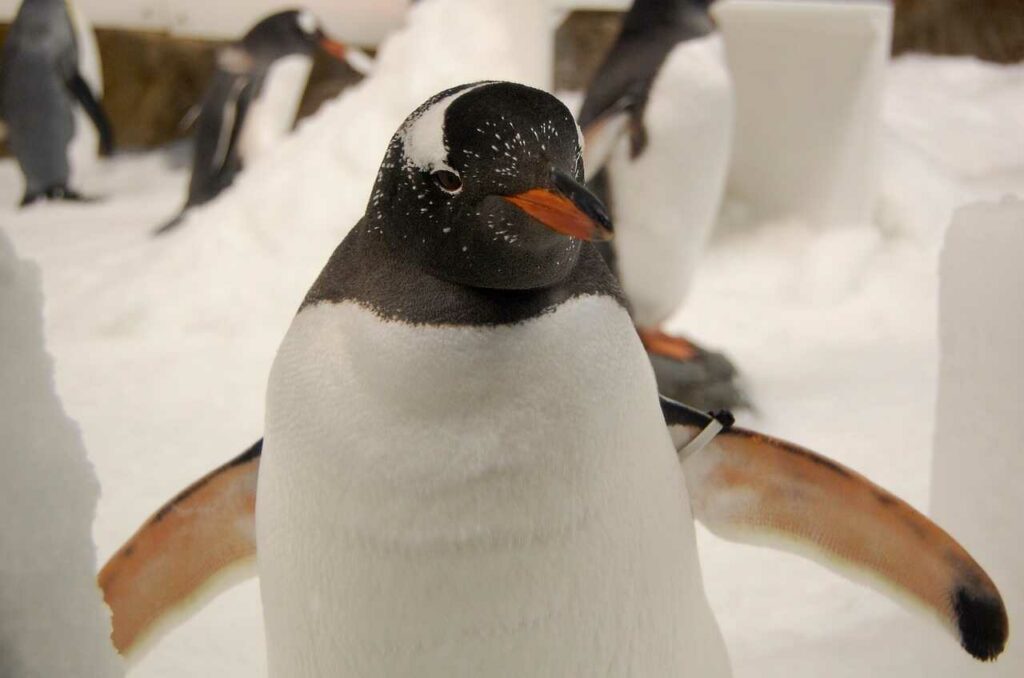
出典:https://pixabay.com/images/id-802453/
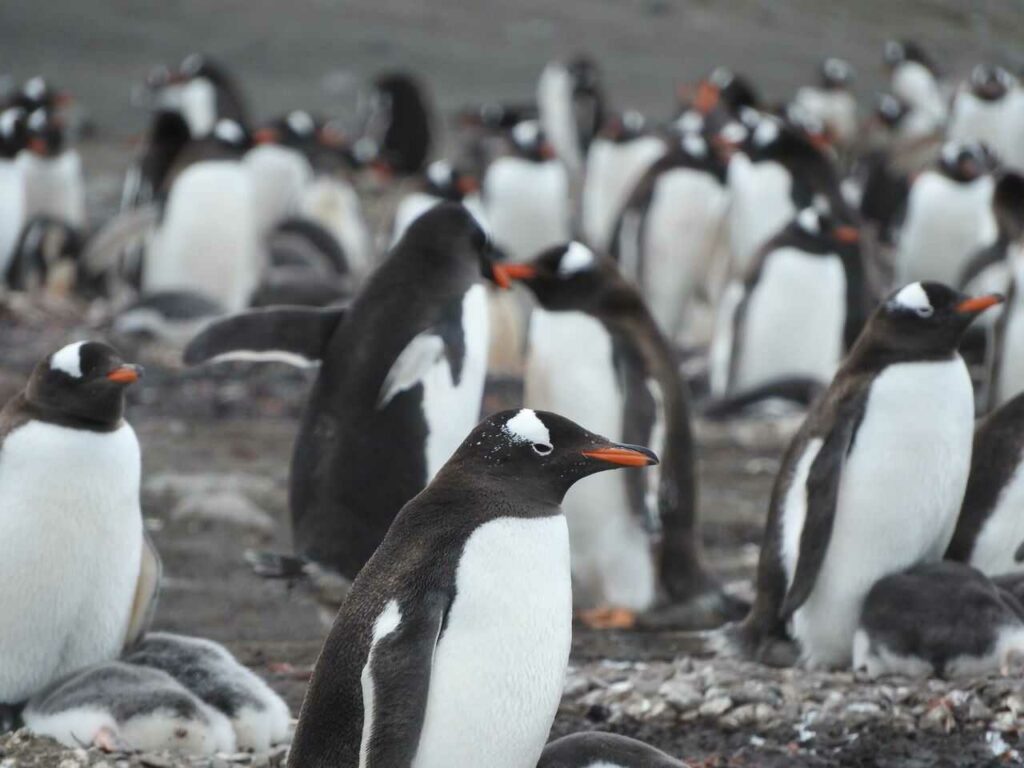
出典:https://www.pexels.com/ja-jp/photo/4361021/
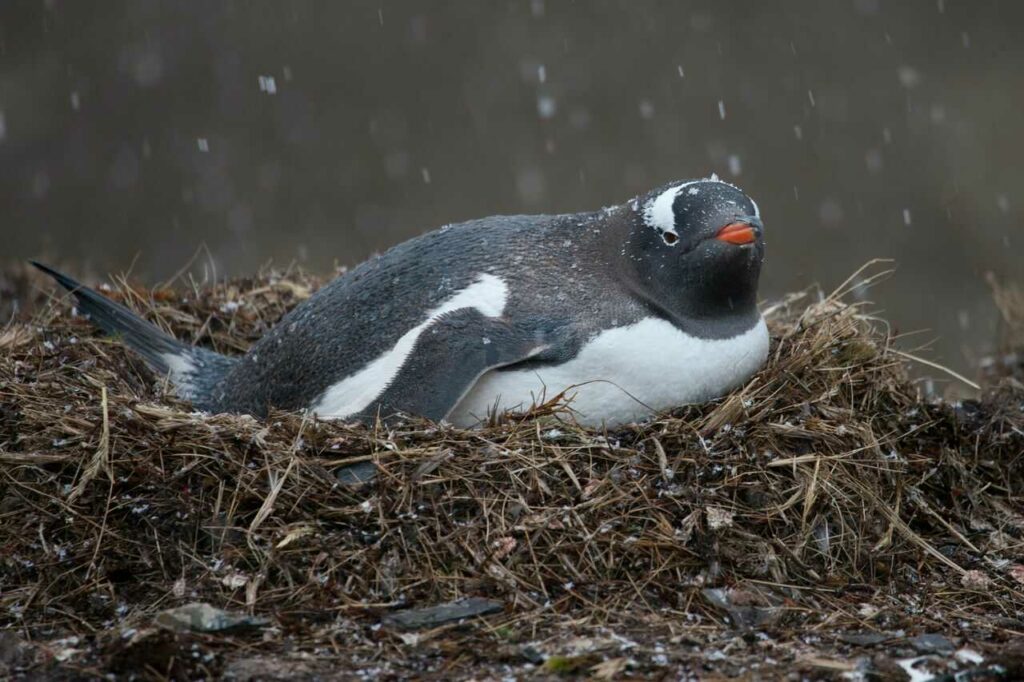
出典:https://www.pexels.com/ja-jp/photo/733559/
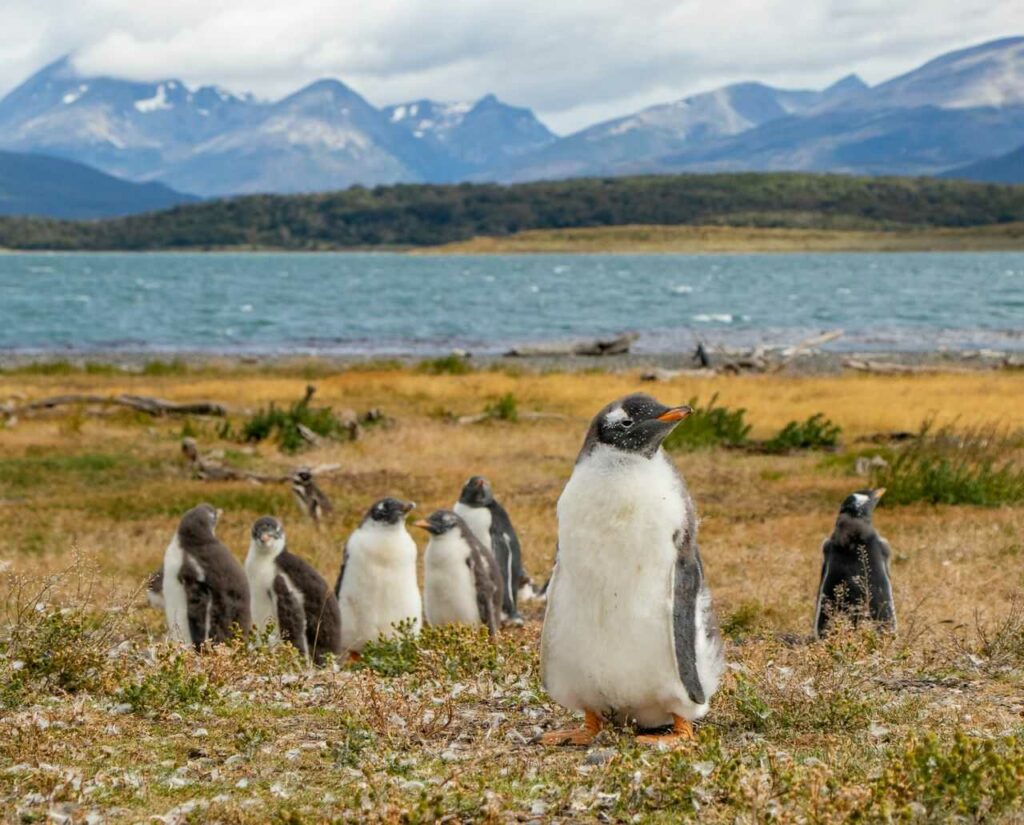
出典:https://unsplash.com/photos/zBVhMwd7g_A

出典:https://unsplash.com/photos/-oGSMD7DVMU

出典:https://unsplash.com/photos/-Eu3Iud63rA
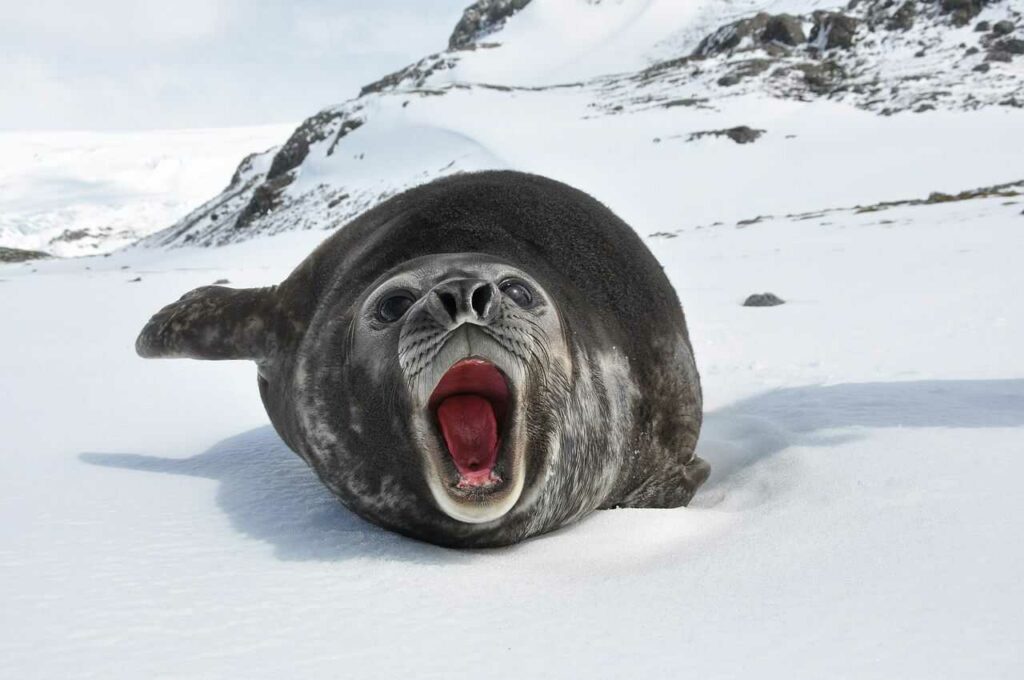
enemy
出典:https://commons.wikimedia.org/wiki/File:Mirounga_leonina.jpg
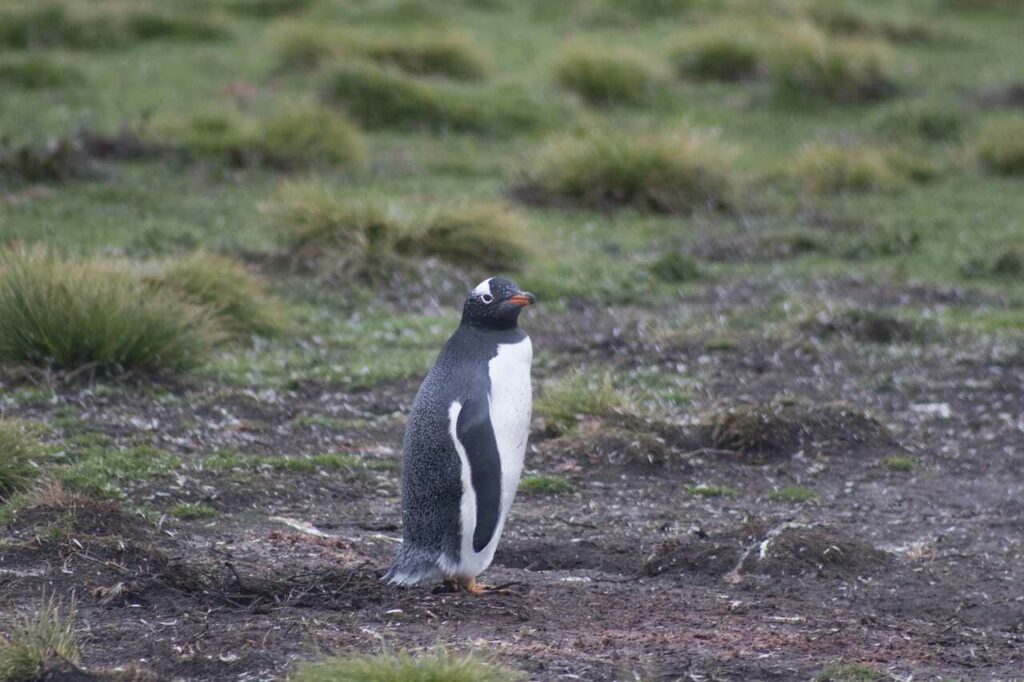
出典:https://pixabay.com/images/id-2886697/
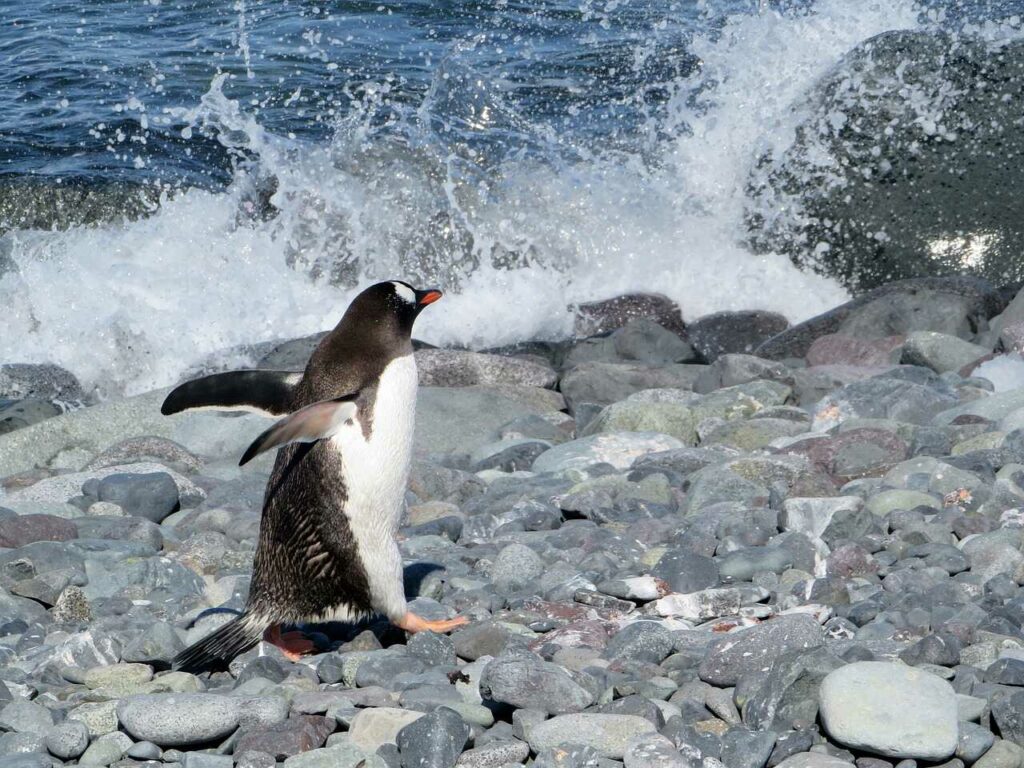
出典:https://pixabay.com/images/id-4702118/

Help Enrich Our Animalbook.jp with Your Media!
We are constantly looking to expand and enrich our Animalbook.jp with amazing photos and videos of animals. If you have any media that you'd like to share, please contribute and help us showcase the beauty and diversity of the animal kingdom. Your submissions will be credited and featured in our encyclopedia, reaching a wide audience of animal lovers.

